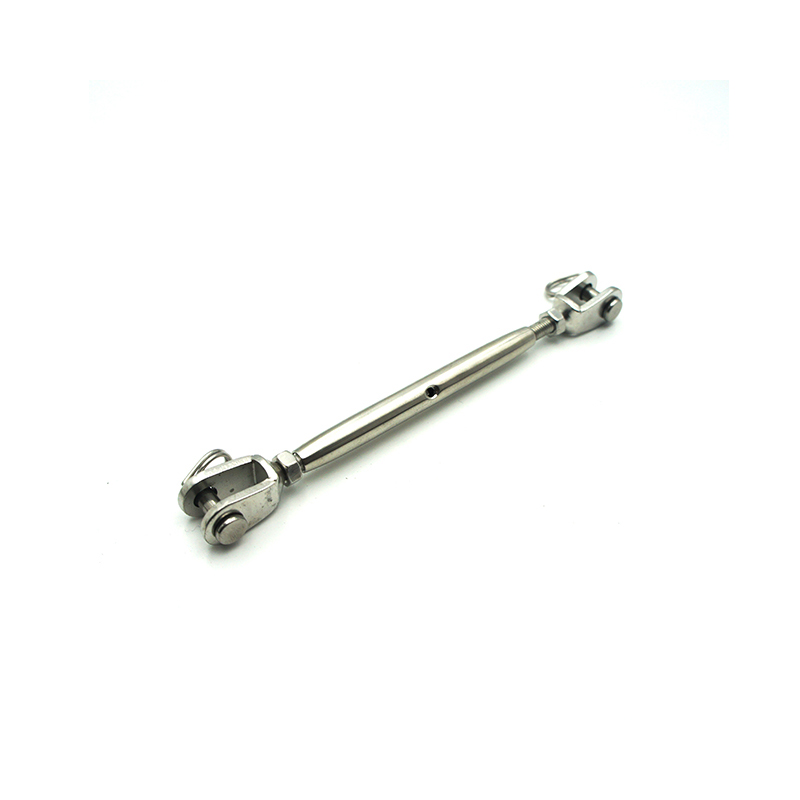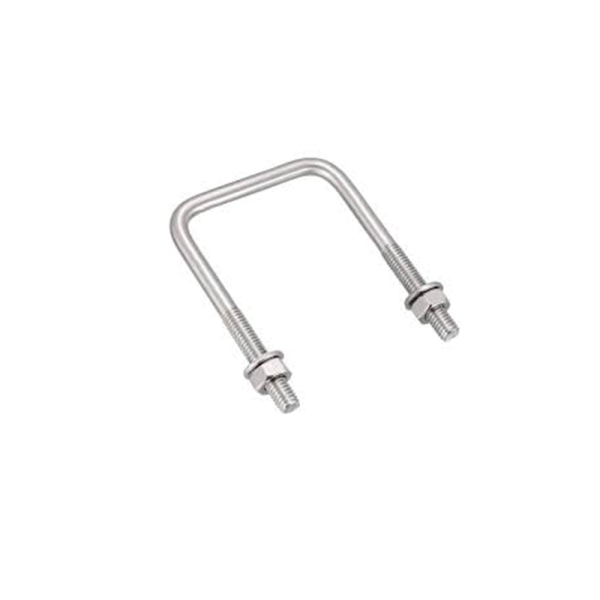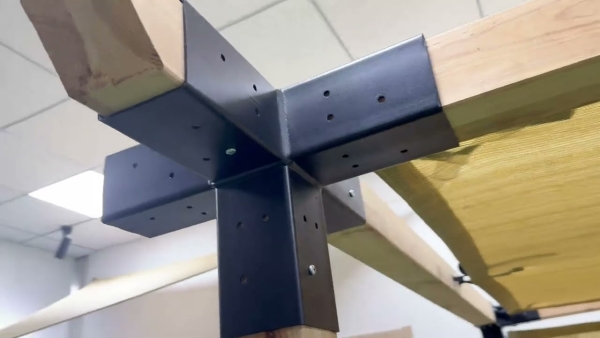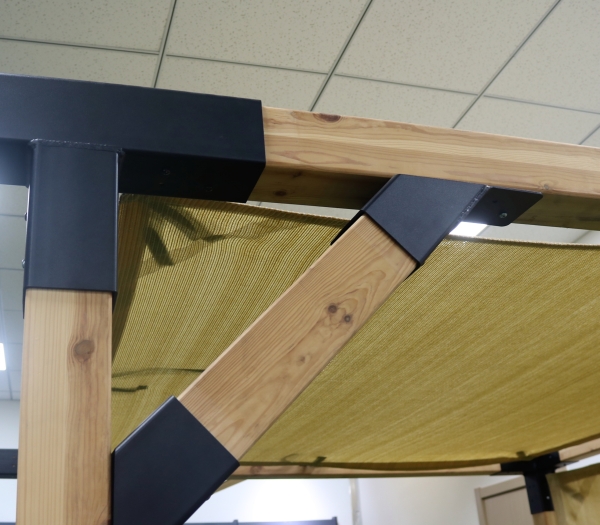Table of Contents
أهمية فهم قوة الشد في مسامير الفولاذ المقاوم للصدأ
يشيع استخدام مسامير الفولاذ المقاوم للصدأ في مختلف الصناعات نظرًا لمتانتها ومقاومتها للتآكل. ومع ذلك، لا يتم إنشاء جميع مسامير الفولاذ المقاوم للصدأ بشكل متساوٍ، ويعد فهم قوة الشد الخاصة بها أمرًا بالغ الأهمية لضمان موثوقيتها وسلامتها في التطبيقات المختلفة.
العوامل المؤثرة على قوة الشد للبراغي المصنوعة من الفولاذ المقاوم للصدأ
يلعب حجم وشكل مسامير الفولاذ المقاوم للصدأ أيضًا دورًا مهمًا في تحديد قوة الشد. تتمتع البراغي ذات القطر الأكبر عمومًا بقوة شد أعلى من البراغي ذات القطر الأصغر نظرًا لزيادة مساحة مقطعها العرضي. شكل الترباس، مثل ما إذا كان مسمارًا سداسيًا قياسيًا أو قضيبًا ملولبًا، يمكن أن يؤثر أيضًا على قوة الشد. بالإضافة إلى ذلك، يمكن أن تؤثر خطوة الخيط وعمق الخيوط على قوة الشد لمسامير الفولاذ المقاوم للصدأ.
يمكن أن تؤثر العوامل البيئية أيضًا على قوة الشد لمسامير الفولاذ المقاوم للصدأ. إن التعرض للبيئات المسببة للتآكل ودرجات الحرارة المرتفعة والضغط الميكانيكي يمكن أن يؤدي إلى انخفاض قوة الشد لمسامير الفولاذ المقاوم للصدأ بمرور الوقت. يمكن أن يؤدي التآكل إلى إضعاف المادة وتقليل قوة الشد، في حين أن درجات الحرارة المرتفعة يمكن أن تسبب التمدد الحراري والانكماش، مما يؤدي إلى الإجهاد واحتمال الفشل. تعد الصيانة والفحص المناسبين لمسامير الفولاذ المقاوم للصدأ أمرًا ضروريًا لضمان قوة الشد وطول العمر في البيئات القاسية.
في الختام، تتأثر قوة الشد لمسامير الفولاذ المقاوم للصدأ بعوامل مختلفة، بما في ذلك درجة الفولاذ المقاوم للصدأ وعملية التصنيع والحجم. والشكل والعوامل البيئية. يعد فهم هذه العوامل أمرًا بالغ الأهمية لاختيار مسامير الفولاذ المقاوم للصدأ المناسبة لتطبيقات محددة وضمان موثوقيتها وسلامتها. من خلال النظر في هذه العوامل وتنفيذ ممارسات الصيانة المناسبة، يمكن أن توفر البراغي المصنوعة من الفولاذ المقاوم للصدأ أداءً طويل الأمد ويمكن الاعتماد عليه في مجموعة واسعة من التطبيقات الصناعية.
Stainless steel bolts are commonly used in various industries due to their high tensile strength and corrosion resistance. Tensile strength is a crucial property of stainless steel bolts as it determines the maximum amount of tensile stress that the bolt can withstand before breaking. Understanding the factors that affect the tensile strength of stainless steel bolts is essential for ensuring the reliability and safety of structures and equipment.
One of the primary factors that influence the tensile strength of stainless steel bolts is the grade of stainless steel used. Stainless steel is classified into different grades based on its chemical composition and mechanical properties. The most commonly used grades for bolts are 304 and 316 stainless steel. Grade 304 stainless steel is a general-purpose stainless steel with good corrosion resistance and moderate tensile strength. On the other hand, grade 316 stainless steel is a higher grade with superior corrosion resistance and higher tensile strength. The grade of stainless steel used in bolts directly affects their tensile strength, with higher-grade stainless steel bolts having higher tensile strength.
Another factor that affects the tensile strength of stainless steel bolts is the manufacturing process. The tensile strength of stainless steel bolts can be influenced by factors such as the quality of raw materials, the heat treatment process, and the machining process. High-quality raw materials and precise manufacturing processes can result in stainless steel bolts with higher tensile strength. Heat treatment processes such as annealing, quenching, and tempering can also improve the tensile strength of stainless steel bolts by altering the microstructure of the material.

The size and shape of stainless steel bolts also play a significant role in determining their tensile strength. Larger diameter bolts generally have higher tensile strength than smaller diameter bolts due to their increased cross-sectional area. The shape of the bolt, such as whether it is a standard hex bolt or a threaded rod, can also affect its tensile strength. Additionally, the thread pitch and depth of the threads can impact the tensile strength of stainless steel bolts.
Environmental factors can also affect the tensile strength of stainless steel bolts. Exposure to corrosive environments, high temperatures, and mechanical stress can degrade the tensile strength of stainless steel bolts over time. Corrosion can weaken the material and reduce its tensile strength, while high temperatures can cause thermal expansion and contraction, leading to stress and potential failure. Proper maintenance and inspection of stainless steel bolts are essential for ensuring their tensile strength and longevity in harsh environments.
In conclusion, the tensile strength of stainless steel bolts is influenced by various factors, including the grade of stainless steel, manufacturing process, size and shape, and environmental factors. Understanding these factors is crucial for selecting the right stainless steel bolts for specific applications and ensuring their reliability and safety. By considering these factors and implementing proper maintenance practices, stainless steel bolts can provide long-lasting and dependable performance in a wide range of industrial applications.







